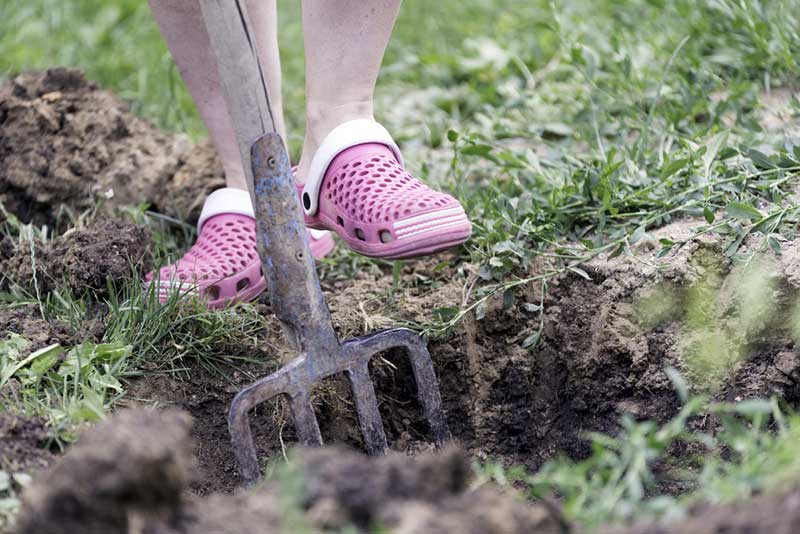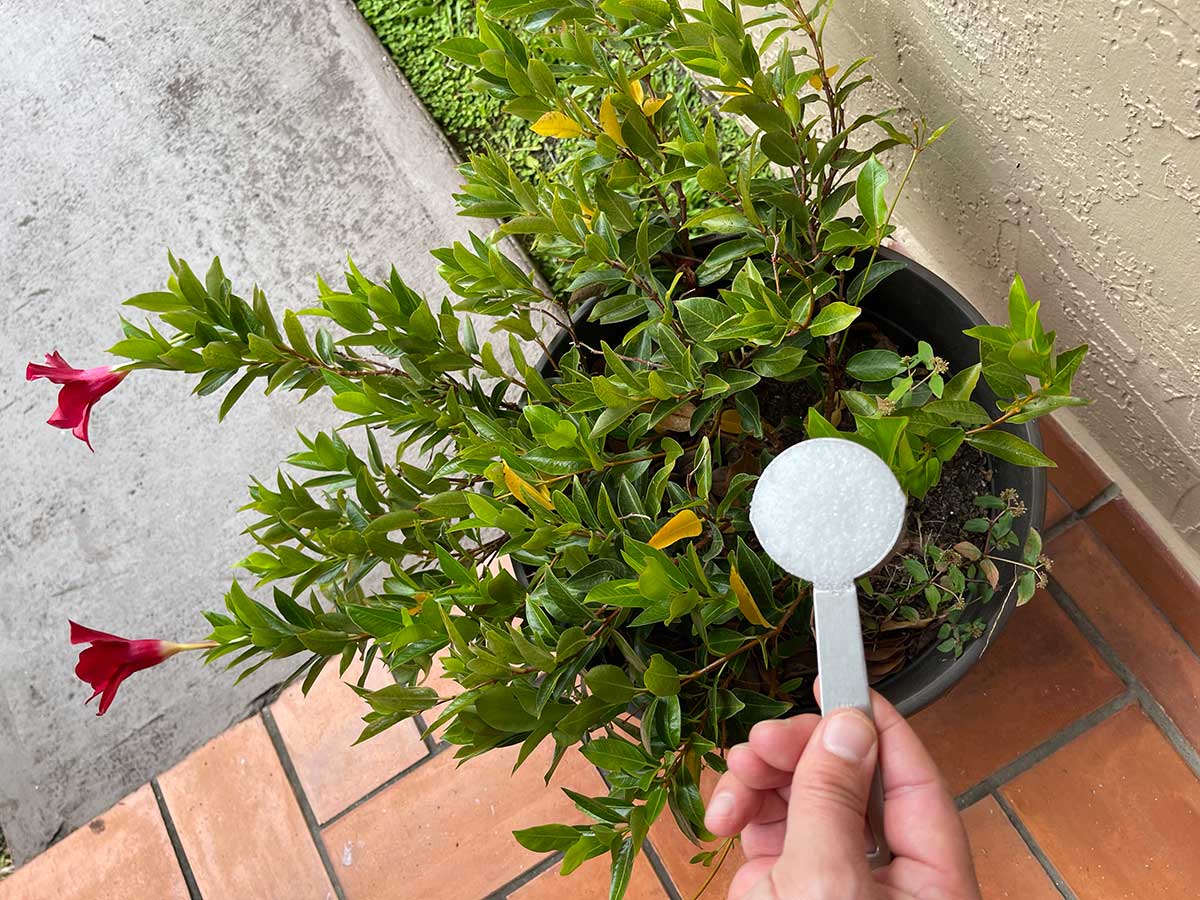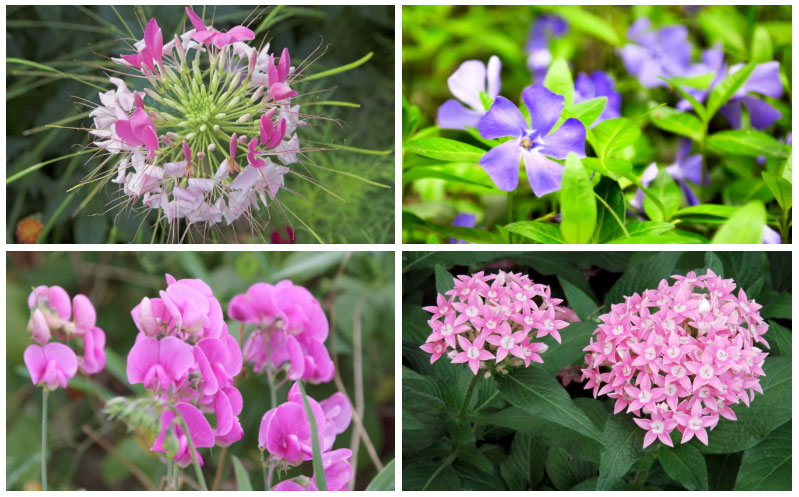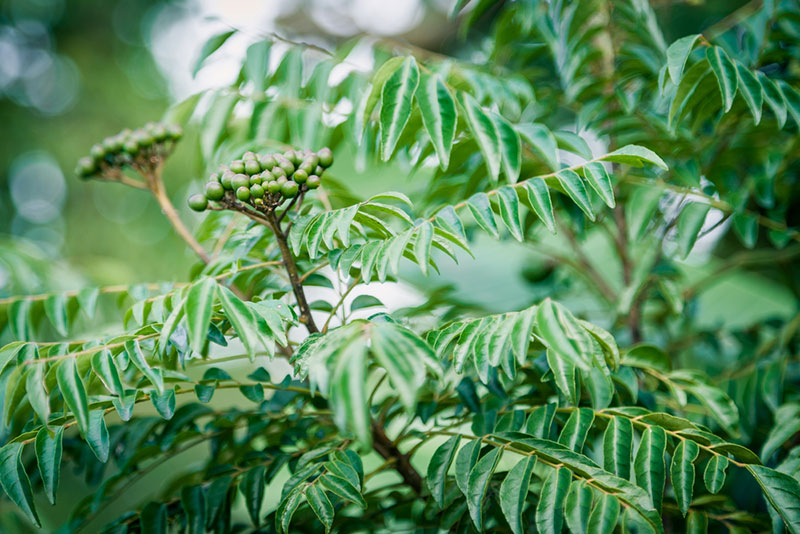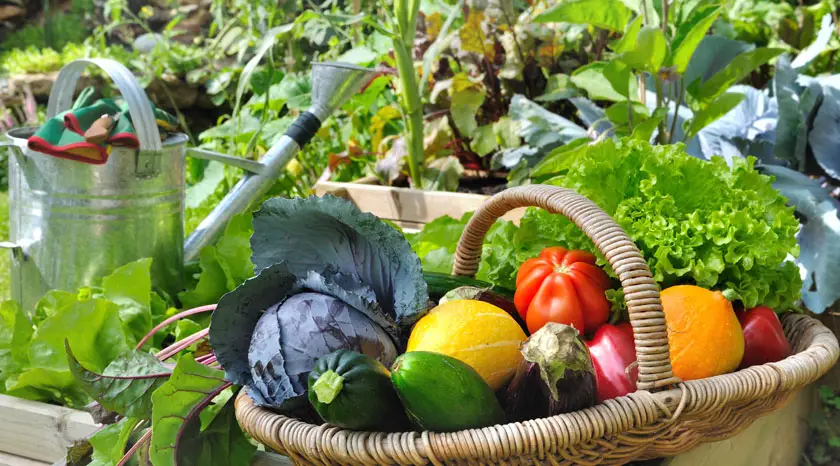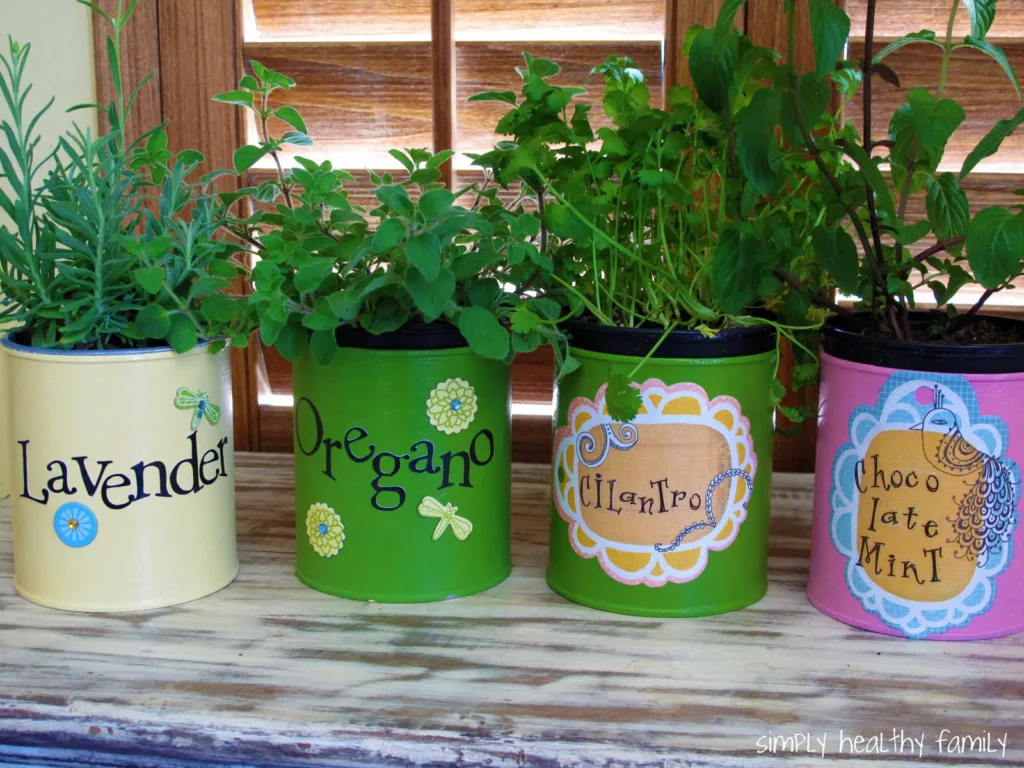
Many herbs will do well in the garden during cooler Fall weather. In parts of the country with mild winters, they’ll even thrive through the end of the year. Besides brightening up the garden, hardy fall herbs can make a delicious difference in your cooking this fall.
Choose a well-drained spot that gets full to partial sun each day, preferably near the kitchen. You can also cluster fall herbs together in pots to decorate your deck or patio. Annual herbs grow quickly from seeds, but perennials take longer to mature, so it’s best to use cuttings for them.
Start with a tilled and amended garden bed or a planter filled with nutrient-rich potting soil. Once the seedlings begin to emerge, gently mulch around them with shredded bark, grass clippings or dry leaves. After that, all you need to do is water, weed and treat any yellowing of the leaves with nitrogen fertilizer. Herbs are not only useful, tasty and delicious, but they’re also easy to cultivate.
Here are our suggestions for what to include in your fall herb garden.
1. Cilantro – Annual
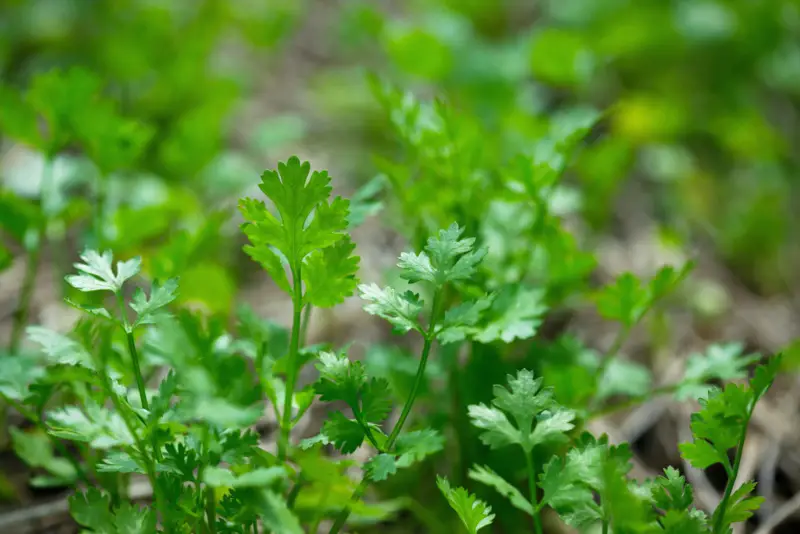
You’ll see cilantro in the vegetable aisle at the grocery store because it’s a staple of Mexican recipes, but it can’t compare to your own home-grown leaves. The scent is appealing, and the flavor is citrusy. Crush the tender leaves for the best flavor when using cilantro in soups, stews, and dips. A fun fact: cilantro is in the parsley family, and its seeds are used as the spice called coriander.
2. Parsley – Biennial (Two-year Growth Cycle)
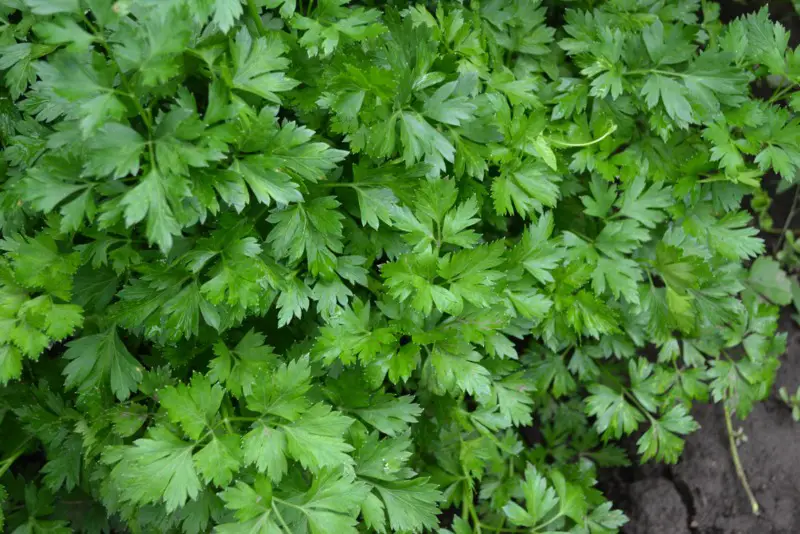
Fresh parsley leaves in a salad give it a refreshing taste, and the leaves are also delicious when paired with fish and other seafood. This versatile herb adds a depth of flavor to soups, stews, and sauces. Parsley is also one of the main ingredients, along with tomatoes and onions, in tabbouleh, a piquant cracked wheat Mediterranean salad.
3. Oregano – Perennial
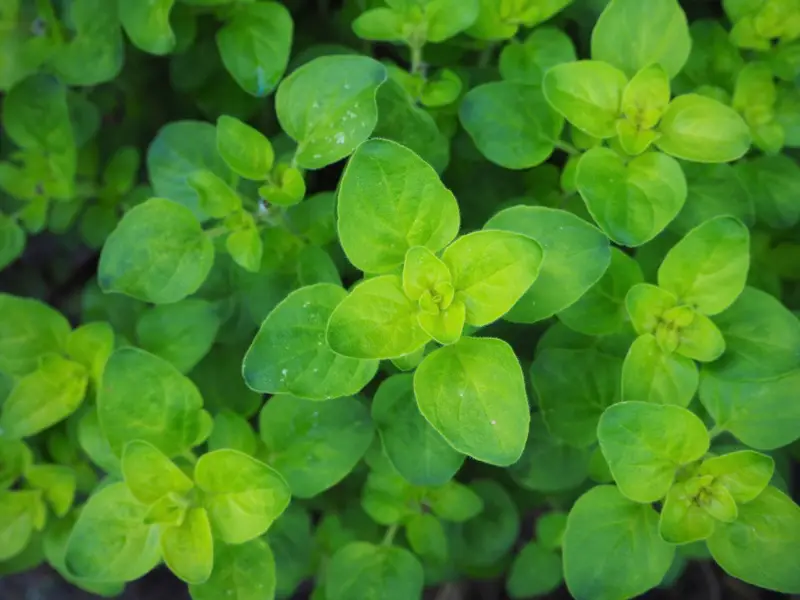
Another leafy herb that adds flavor and variety to your cooking is oregano, an Italian spice well-known from its use in pizza and spaghetti. Oregano adds heartiness to any recipe that includes tomatoes, and it also perks up vegetable and fish dishes. It’s well worth the effort of picking the dozens of tiny leaves from the stems before using oregano in the kitchen.
4. Chives – Perennial

Chives are long green shoots that have a mild garlic and onion flavor garlic. Perfect for salads, dips, and toppings, you can use the entire stalk, from the onion-like bulb at the bottom to the green shoots at the top. You’ll get the most flavor from this herb when it’s used raw since cooking weakens the subtle taste.
5. Thyme – Perennial
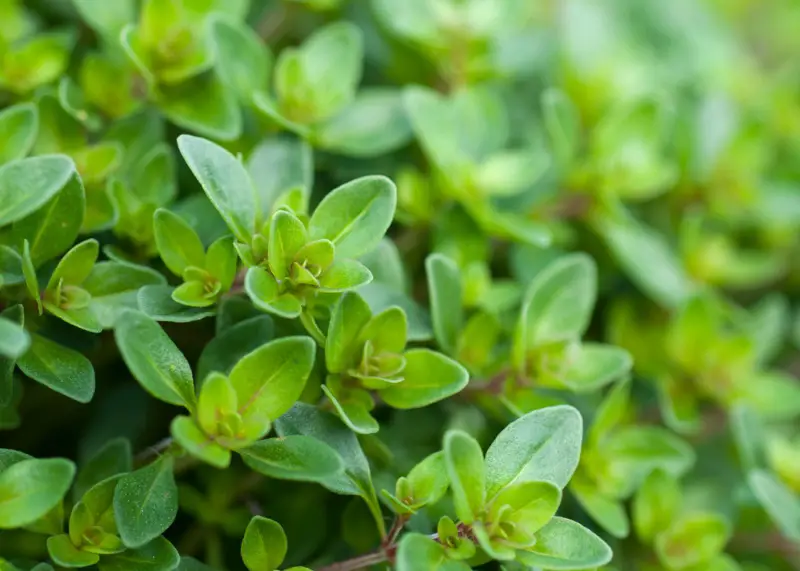
A member of the mint family, thyme is a robust leafy herb that’s used in a dried, chopped form. It adds zest to fish and poultry recipes and is a common ingredient in chowders and stuffing. People describe the taste of thyme as lemony or earthy with a hint of mint.
6. Rosemary – Perennial
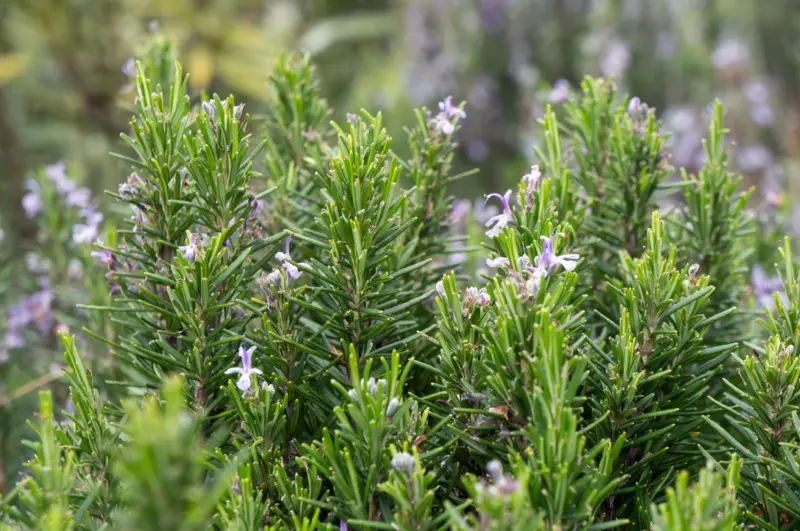
Another plant in the mint category, this Mediterranean herb has short, spiky leaves and a piney taste. Rosemary adds interest to vegetables, and its strong flavor pairs well with garlic, especially for roasts and stews. The steam created from steeping rosemary in boiling water is also said to help clear sinus congestion.
7. Tarragon – Perennial
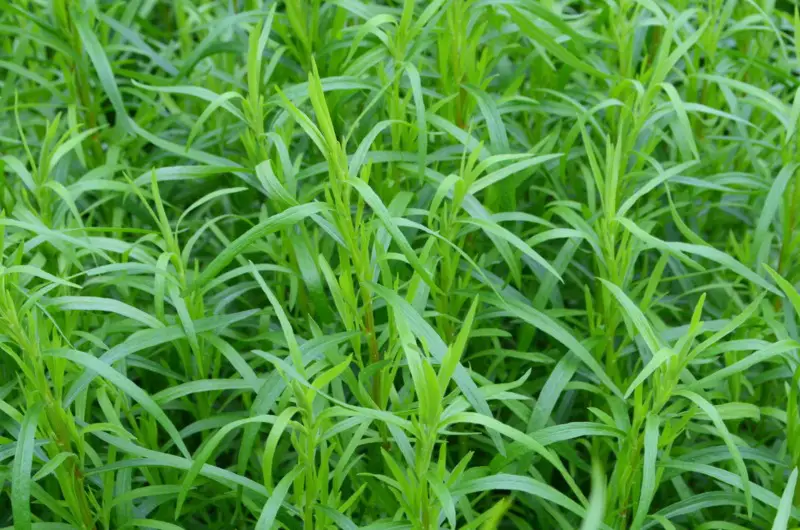
A small, rugged shrub-like herb with flat, spiky leaves, tarragon is often used in fish, egg and tomato dishes. By itself, tarragon has a mild licorice scent and taste, and it brings out the flavor of poultry and seafood recipes. Like rosemary, tarragon pairs well with other strong flavors such as mustard.
8. Sweet Mint – Perennial
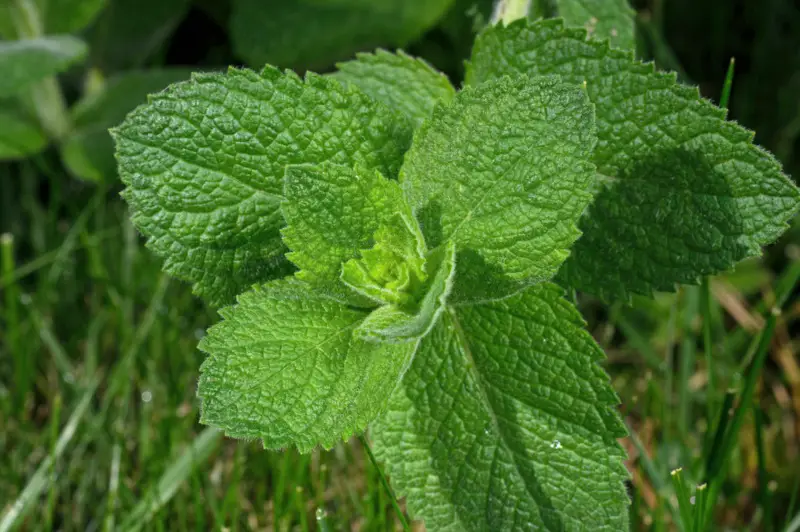
This aggressive grower will take over your garden bed if you don’t prune it often. But that’s okay because you can use the frequent cuttings to brew mint tea during the cool fall evenings. Pour boiling water over the leaves in a teapot or just crush a handful of leaves and put them in the filter of your automatic coffee maker.
9. Sage – Perennial
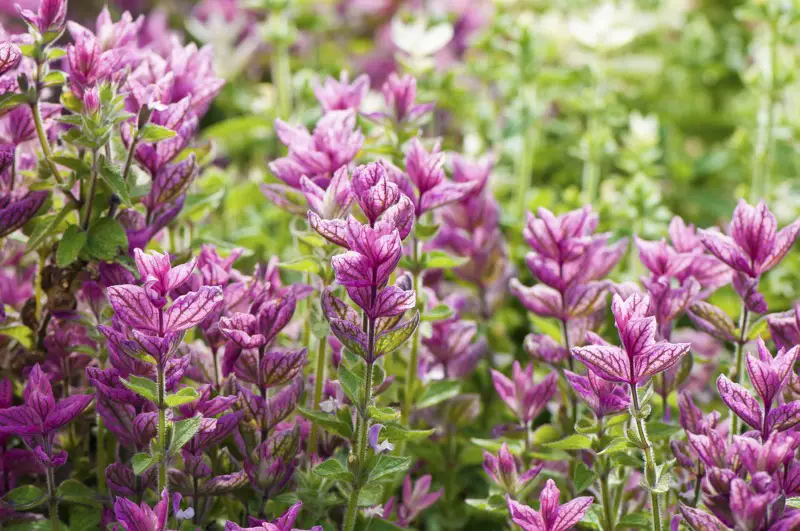
The fuzzy gray-green leaves of the sage plant have a warm, earthy flavor, and they are usually ground up to use as a rub for pork and seafood, as well as being a key ingredient in other dishes. Sage leaves are also sometimes brewed into a tea that’s said to alleviate digestive problems.
10. Lemon Balm – Perennial
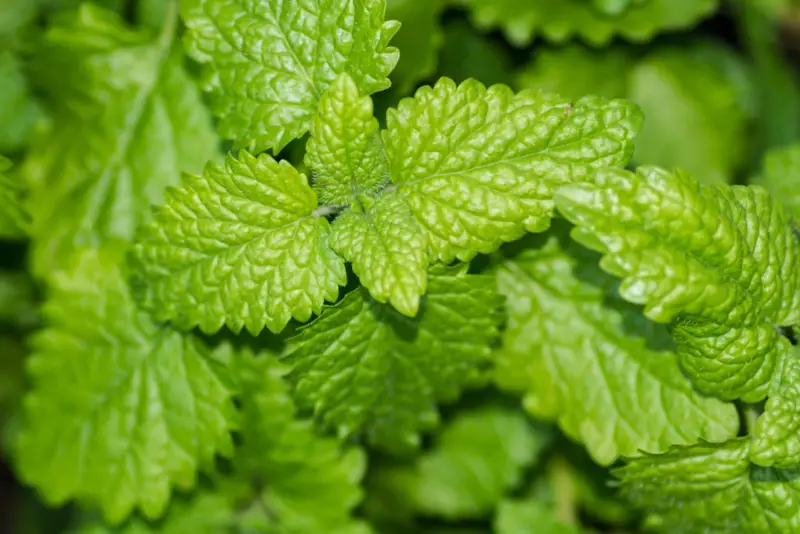
An aggressive form of mint, lemon balm has a strong lemony scent and taste. Many people enjoy lemon balm tea, and the dried leaves make fragrant sachets. This versatile herb can be used in recipes in place of lemon peel, and it’s also an ingredient in organic insect repellent.

